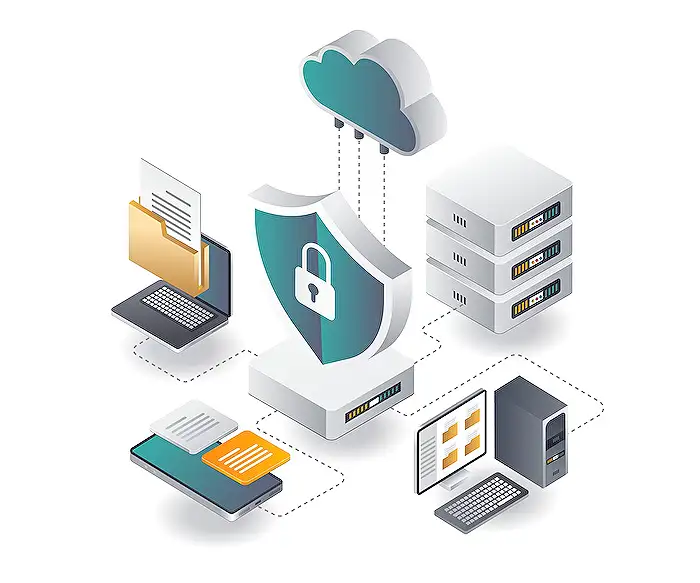Microsoft Fabric
13. Feb 2025 21:33
Microsoft Fabric: Benefits of a Free Trial Even with Current Capacity!
Microsoft Fabric, SQL database, AI skill preview, Power BI courses
Key insights
- Microsoft Fabric Trial Prompt: Users may encounter a prompt to upgrade to a free Microsoft Fabric Trial due to specific licensing and capacity configurations, even if they already have an existing workspace in a capacity.
- Capacity SKU Limitations: Workspaces assigned to capacities with SKUs lower than F64 might not have access to certain features. Upgrading the SKU can resolve this issue.
- Licensing Requirements: Accessing specific features may require additional licenses like Power BI Pro or Premium Per User (PPU) licenses. Ensuring all users have the necessary licenses is essential.
- Create and Configure AI Skills: To create an AI skill in Microsoft Fabric, follow steps like selecting data, asking questions, providing examples, and instructions. This feature is currently in preview.
- Provide Example Queries: Enhance AI accuracy by supplying example SQL queries. This helps guide the AI in generating responses that align with user expectations using Few Shot Learning techniques.
- SQL Query Variations Setting: Adjust this setting to control how many different SQL queries the AI skill evaluates before determining the final query, useful for complex scenarios requiring multiple query paths.
Introduction to Microsoft Fabric Trial Prompt
Encountering a prompt to “Upgrade to a free Microsoft Fabric Trial” despite having an existing workspace in a capacity can be perplexing. This situation often arises due to specific licensing and capacity configurations within Microsoft Fabric. In this article, we delve into the intricacies of Microsoft Fabric's capacity model, explore potential reasons for these prompts, and provide actionable solutions.Understanding the Issue
Microsoft Fabric operates on a capacity-based model, where resources are allocated based on different Stock Keeping Units (SKUs). Each SKU defines the compute power and features available to users. Capacities are measured in Capacity Units (CUs), with various SKUs offering different levels of performance and capabilities. When attempting to access certain preview features or functionalities, the system may prompt users to upgrade to a trial if the current capacity or licensing does not support those features. This can occur even if the workspace resides within an existing capacity, especially if that capacity is below the required SKU level or lacks specific feature enablements.Possible Causes and Solutions
- Capacity SKU Limitations: If your workspace is assigned to a capacity with a SKU lower than F64, certain features, particularly in Power BI, may not be fully accessible. Upgrading to a higher SKU can resolve this limitation.
- Licensing Requirements: Accessing specific features might require additional licenses, such as a Power BI Pro or Premium Per User (PPU) license. Ensuring that all users have the necessary licenses can prevent such prompts.
- Feature Availability in Trial vs. Paid Capacities: Some features are exclusively available in trial capacities and may not be enabled in certain paid capacities. Reviewing the feature set of your current capacity and comparing it with the trial can highlight discrepancies.
- Tenant Region Support: Not all regions support all Fabric features. If your tenant is in a region where specific features are not available, you might encounter prompts to upgrade to a trial. Verifying regional support for Fabric features can provide clarity.
Recommended Actions
- Review Capacity Assignments: Ensure that your workspace is assigned to the appropriate capacity that supports the desired features. This can be done through the workspace settings in the Fabric portal.
- Verify Licensing: Confirm that all users have the necessary licenses to access the features in question. This includes checking for Power BI Pro or PPU licenses as required.
- Consult Documentation: Refer to the official Microsoft Fabric documentation to understand the capabilities and limitations of your current capacity and licenses.
- Contact Support: If the issue persists after these checks, reaching out to Microsoft Support can provide personalized assistance to resolve the prompt.
Creating and Configuring an AI Skill
Creating and configuring an AI skill on Fabric involves several steps. First, create a new AI skill from the Fabric Data Science home page by selecting the workspace New option or using the Create Hub. After naming your AI skill, select a data source, which can be either a data warehouse or a lakehouse, and connect to it. The left pane will populate with available tables, and you must select at least one table before asking the AI skill questions.Enhancing AI Skill Accuracy
To improve the AI skill's accuracy, provide it with example SQL queries, a technique known as Few Shot Learning in generative AI. This allows the AI skill to generate answers that align with your expectations. Additionally, you can provide instructions in plain English to guide the AI skill. If the AI skill generates incorrect T-SQL queries, these instructions can help improve future queries.Customizing AI Skill Behavior
The AI skill offers several configuration options that allow creators to customize its behavior. By providing example queries, you can enhance the AI skill's ability to generate accurate SQL queries. You can also steer the AI with instructions, providing definitions for terms that the AI might misinterpret. Additionally, the SQL Query Variations setting allows you to control the variability in the number of SQL queries generated before determining the final query. Enabling the Show executed SQL query setting allows you to debug the results produced by the AI skill. In conclusion, understanding the nuances of Microsoft Fabric's capacity model and effectively configuring AI skills can significantly enhance your experience. By addressing capacity and licensing issues, and leveraging AI skills, users can unlock the full potential of Microsoft Fabric's features.

Keywords
Microsoft Fabric Trial, free Microsoft upgrade, existing capacity users, trial activation guide, optimize Microsoft resources, enhance productivity tools, seamless integration tips, maximize software benefits
HubSite 365 Apps
